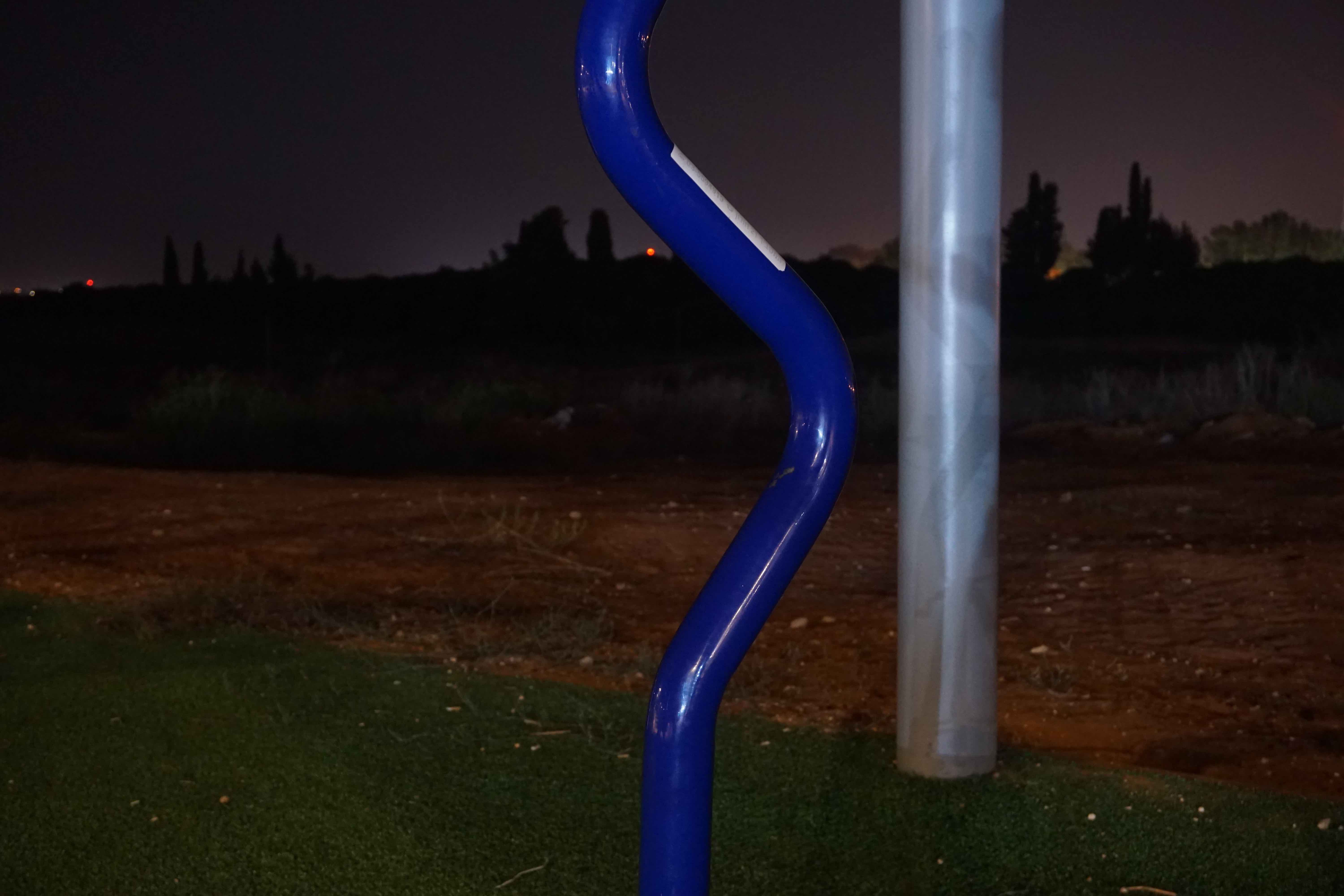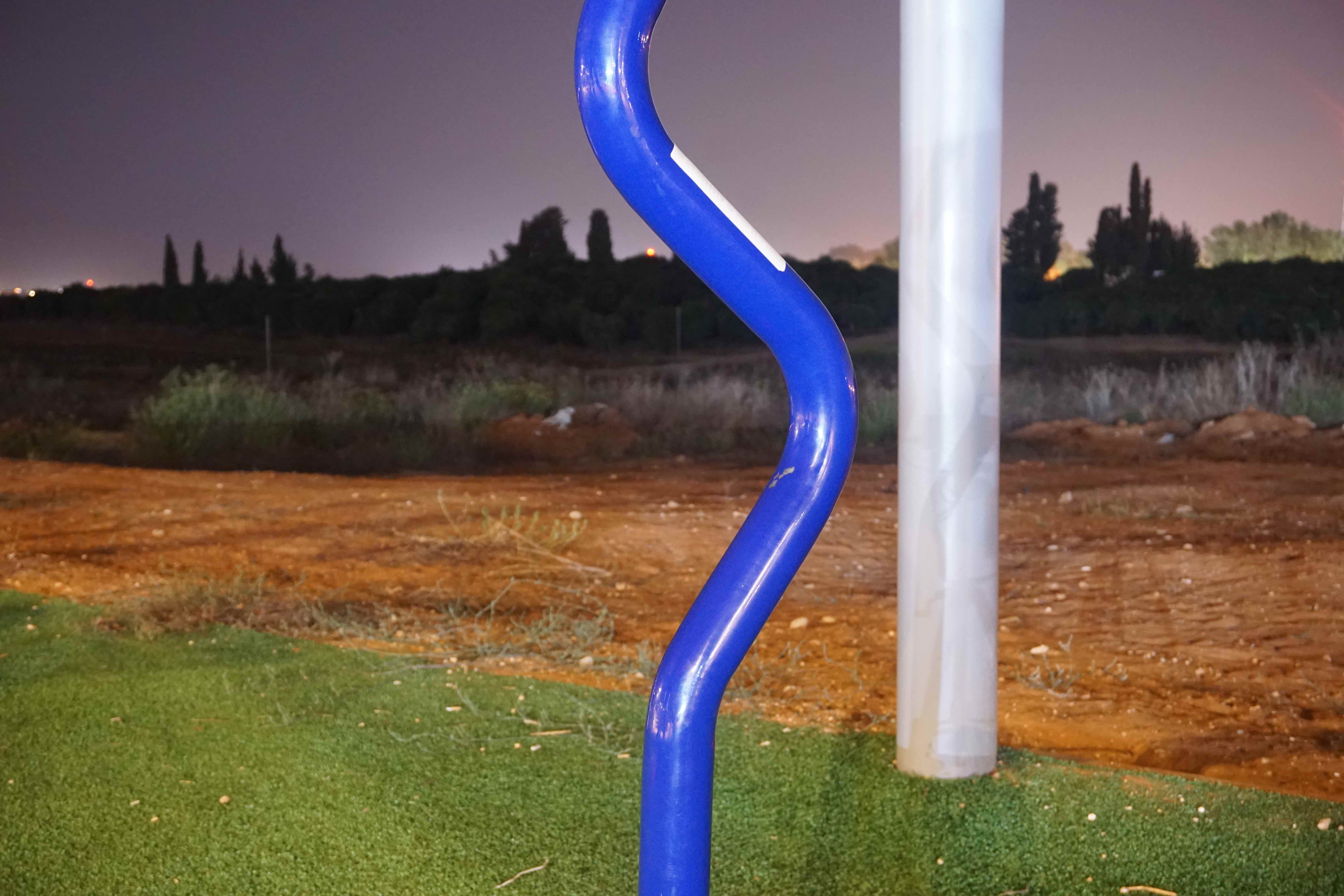
Tune optimal input and output exposures

Output 1

Output 2

Output 3
|
|
|
|
|
Computer Science Department, Ariel University, Israel |
|
arXiv |
Dataset+Code |

Tune optimal input and output exposures |

Output 1 |

Output 2 |

Output 3 |

|
|
|
|
Left to right are exposure times of 0.1s,0.5s,1s,5s,10s. 
|
 |
Adaptive Enhancement of Extreme Low-Light Images, E.H Neiterman, M. Klyuchka and G. Ben-Artzi arXiv |